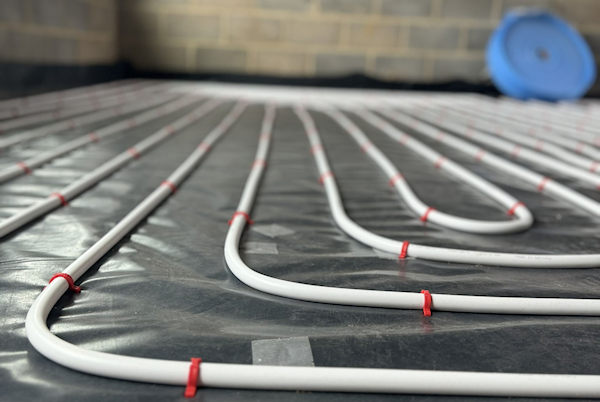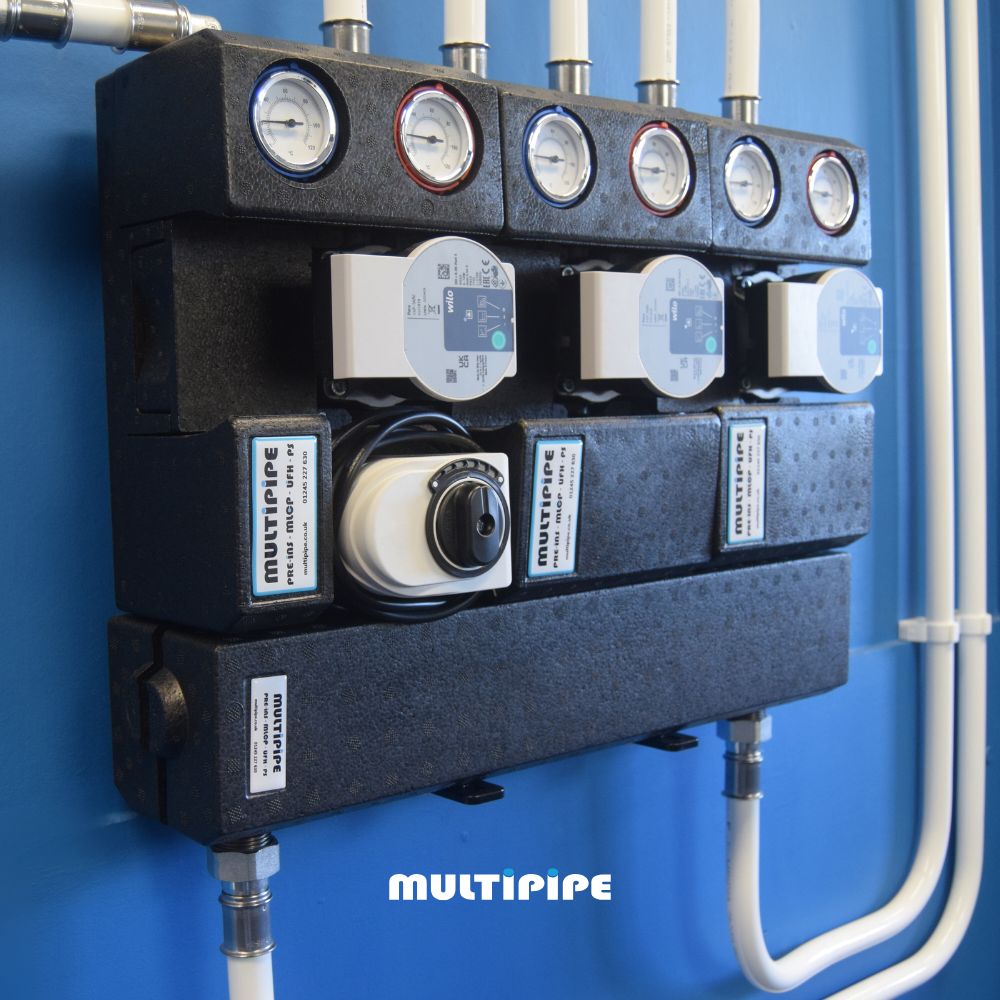
Five Ways to Prevent Legionella in Pipework
Legionella, bacteria that occur in natural water sources, is often overlooked and misunderstood. However, people are likely to have heard of, and better comprehend Legionnaires’ disease — the condition caused by the bacteria when inhaled. Legionella in pipework needs to be prevented as much as possible, and with our range of pipework, we can help do just that. But first, let’s delve into the details.
What is Legionella?
Legionella Pneumophila is a type of bacteria that’s fairly common in natural water services but usually at low concentrations. It can also be found in artificial water systems, including (but not limited to) cooling towers, heating and cooling water systems, evaporative condensers and spa pools.
In the right conditions (usually where the water is kept at a temperature between 20⁰C and 45⁰C), Legionella can multiply, increasing its chances of infecting humans. This is why those working with water systems – particularly in properties where humans are more likely to be exposed to water particles over long periods of time – have a responsibility to ensure the prevention of Legionella build-up in pipework.
What is Legionnaires’ Disease?
Legionnaires’ disease is a form of pneumonia that occurs when a human inhales small water droplets containing the Legionella bacteria. Generally, this happens due to the water being in the air and is contracted when breathing in environments with infected heating and cooling systems. It cannot usually be caught by directly drinking infected water (as it would pass straight through the system and not be absorbed in the same way), entering an infected pond, lake or river or from another person with Legionnaires’ disease.
The symptoms of Legionnaires’ disease include a persistent cough, chest pain, a fever, difficulty breathing and other flu-like symptoms. Those more at risk from suffering badly with the condition include the elderly, those with respiratory conditions and people who have done or do smoke.
Once diagnosed, Legionnaires’ disease can be treated with a course of antibiotics and, if needed, breathing aids. Most people make a full recovery from Legionnaires’ disease, but it can be deadly if left untreated or diagnosed too late.
Has there been any notable outbreak of Legionnaires’ Disease in the UK?
The UK has seen several outbreaks of Legionnaires’ disease, although, thankfully, numbers are decreasing as more property owners adopt methods to prevent Legionella in pipework.
In 2019 in Westminster, three people caught Legionnaires’ disease through a water system supplying bathrooms in a block of flats. In 2018, a student caught the disease through an infected water cooler at University College London. Thankfully, all made a full recovery.
In 2012 however, nineteen people were diagnosed with Legionnaires’ disease after visiting a hot tub in Stoke-on-Trent. Sadly, one died. The same year, ninety-two people caught Legionnaires’ disease in Edinburgh, and four died – it’s believed this was due to infected cooling towers supplying a neighbourhood.
Five ways to prevent Legionella in Pipework
Of course, it goes without saying that property owners want to prevent the increase of Legionella in pipework in order to remove the risk of Legionnaires’ disease outbreaks. Still, there are also legal requirements in place for property owners to do so.
Employers and people in charge of commercial premises have a legal responsibility to take the right precautions to reduce the risk of exposure to Legionella. This means that the person or organisation responsible must:
- Identify and comprehensively assess any sources of risk.
- Manage any risks.
- Take measures to prevent and control any risks.
- Maintain accurate records on risk management.
This is primarily completed through a risk assessment which can be done either as a standalone or in consultancy with health and safety specialists. Either way, it is important that the person or company responsible understands water systems in buildings, any equipment associated with those systems and the component parts that could create a risk of exposure to Legionella.
A risk assessment focusing must be completed if:
- Water is stored or re-circulated as part of the water system.
- The water within any part of the water system is between 20⁰C and 45⁰C.
- There is any evidence of rust, scale, biofilms, sludge or organic matter in the water systems as these can prove active ‘breeding grounds’ for bacteria.
- There is any evidence of any other conditions in the water system likely to foster the multiplication of bacteria.
- Water droplets are produced, and/or water is dispersed over any area.
- Any visitors, residents or employees within the building are likely to be susceptible to Legionella infection due to their physicality or other risk factors.
So, what measures can property owners take to help prevent Legionella in pipework? We have five top tips:
1.Hire a Specialist to inspect and clean water tanks regularly.
Water tanks should be inspected and cleaned at least annually. Dirt and residual material build-up within water tanks present conditions that allow Legionella and other bacteria to multiply and flourish, thereby increasing the risk of exposure. A well-qualified, experienced plumber or heating engineer will be able to advise on suitable, relevant options for cleaning as well as information on risk areas.
2.Reduce unnecessary lengths of pipe
Any stagnation of water is a risk, and long lengths of pipework are areas that can cause this. Water will flow more efficiently and faster around a property if the plumbing layout can be amended to shorten the distance the water has to travel and lessens the chance of stagnation. Plumbers and pipework specialists will be able to advise on exposure risk and help design a pipe layout that lessens this risk as much as possible.
3.Eliminate areas of pipework where water can collect and pool
‘Dead legs’ and ‘blind ends’ are areas of pipework that have been capped off as appliances are removed or moved elsewhere in the property. They’re very common in older properties, particularly those with walls or rooms that are difficult to work with or have had major renovations. These areas of pipework allow water to stagnate and stand still – often for a long time – so these spaces increase risk. Eliminating areas like this can be done as part of an overall plumbing design.
4.Use lagging
Installing lagging around pipes and water tanks helps maintain water in the system at a safe temperature, lowering the chance of bacterial growth. Using lagging can assist in keeping water cold at below 20⁰C or hot, above 50⁰C, lessening the risk of Legionella (and other bacteria) from thriving.
5.Use a water softener.
Most of the UK has ‘hard water’ as its supply, so using a water softener helps reduce limescale deposits in the pipework. Limescale can be a food source for bacteria which, in turn, increases the risk of exposure to Legionella. If regular descaling is too difficult to invest in, using a water softener can help reduce the risks.
If you need any advice on preventing the build-up of Legionella in pipework, get in touch with the Multipipe team. We think innovatively, efficiently and smartly when it comes to pipework design and never take unnecessary risks.











